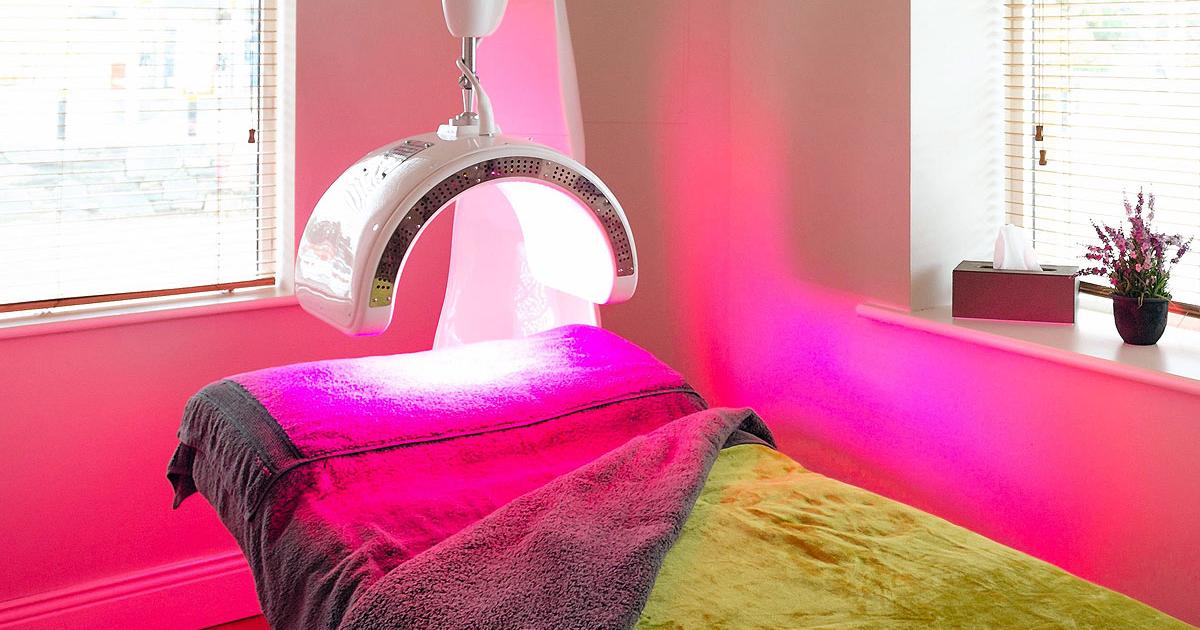How To Manage A Nickel Allergy
Phototherapy

A more radical treatment for a nickel allergy that requires the involvement of a doctor is known as phototherapy. In this form of treatment, patients expose their skin to a carefully controlled quantity of artificial ultraviolet light. This is not the go-to treatment medical professionals recommend up front. Doctors generally only recommend it for patients with a nickel allergy who do not improve with the use and application of topical or oral corticosteroids.
The biggest problem with phototherapy is it can require months for it to begin to have a noticeable impact on a nickel allergy and the uncomfortable reaction from one. With multiple treatments stretching out over literally months, this particular treatment can get expensive for patients whose insurance will not cover it.
